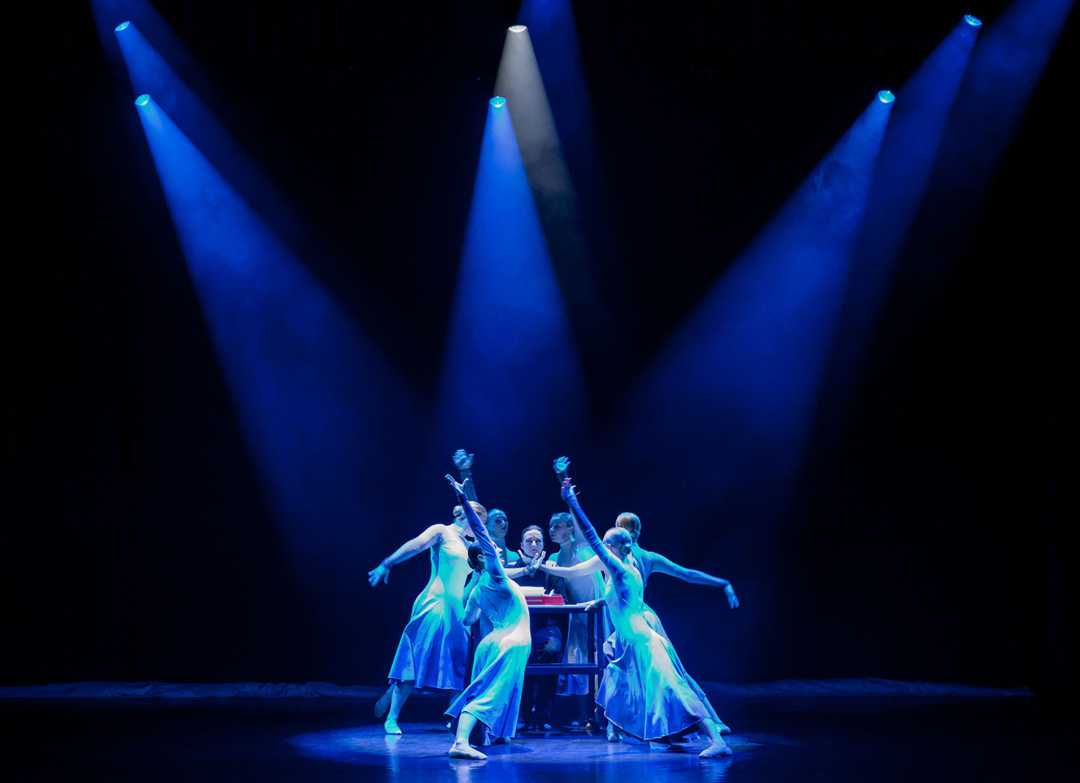Robe helps the Cogétama ballet story unfold
- Details

Koen used an all-Robe moving lighting rig to give him the flexibility and dynamics needed to light the detail, depth, and nuance of the piece, which revolved around the famous Cogétama cigar and the factory which produced it and how it affected and influenced the communities living and working around the areas of Aalter and Knesselare for over 100 years. The legacy of the cigar factory has left an indelible imprint on local culture and history.
Glen Lambrecht, a professional ballet dancer who choreographed as well as produced the show, explained that they decided to go for a raw, direct, and minimalist setting without lots of elaborate scenic elements, instead setting the scene and realism of the atmosphere with “amazing lighting to immerse the audience and take them on the journey”.
Effectively, light became another dancer and character in the piece, and once Koen was onboard as LD - the two have worked on previous projects - he knew he needed the most versatile and adaptable lighting fixtures and chose Robe.
Fourteen Robe T1 Profiles were at the heart of the lighting rig, five positioned FOH for front lighting, keying, and specials, with nine in the overhead rig as top and back lighting plus more specials.
Eight out of 14 Spiider wash beams were utilised for top and back lighting, with the other six deployed three a side for side and cross lighting, and there were eight Tetra2 moving LED battens that were also part of the top rig, positioned upstage towards the back.
Koen’s challenge was - with lighting being so central to the narrative - to ensure that it didn’t become gimmicky, crass, or start distracting from the dancers or the story. “It always had to be there yet appearing in this supporting role - almost understated - whilst actually underpinning all the action,” he explained.
The shuttering capabilities of the T1s were used extensively for making shapes on the stage and defining different areas and spaces.
The Tetra2s were used for several effects including dramatic back light and hi-impact curtain effects when combined with haze.
The show was also recorded for future broadcast, streaming and other digital actions, so using lights that were all camera friendly and flicker-free was another bonus.
Lighting programmer Glenn De Clerck used his own grandMA2 console, with all the other lighting equipment supplied by L&L Stage Services. “Glenn’s exceptional programming skills made it possible to get the show completely programmed within an extremely limited timeslot. He was an incredibly positive force to work with during the show’s development,” confirms Koen.
















